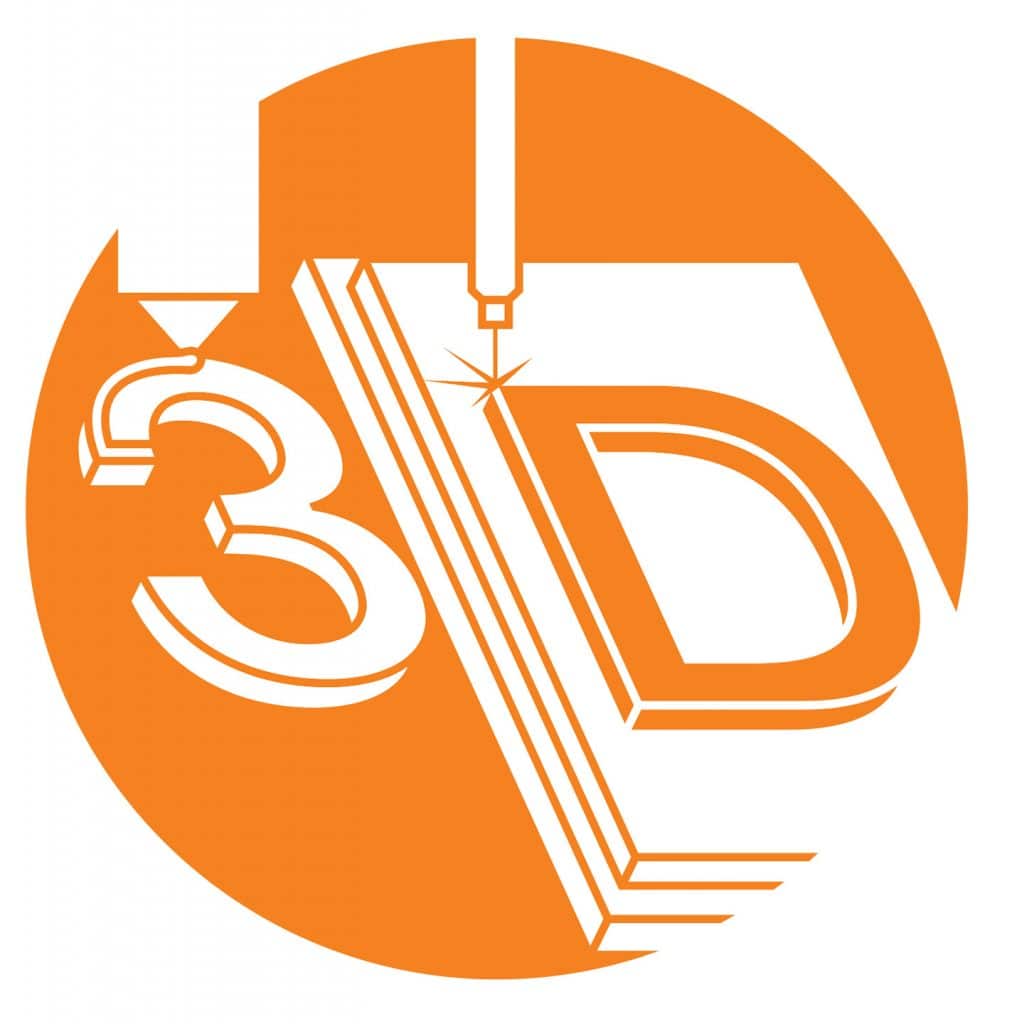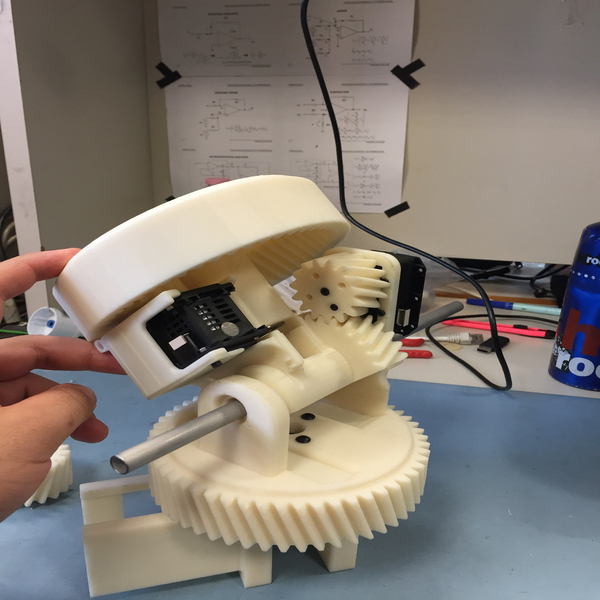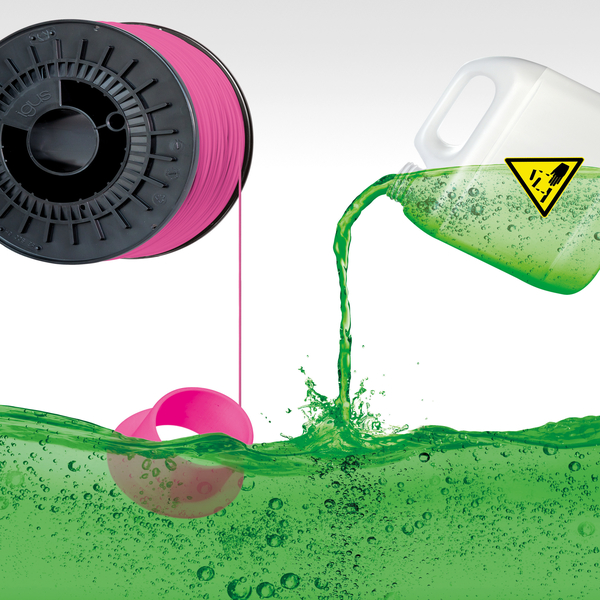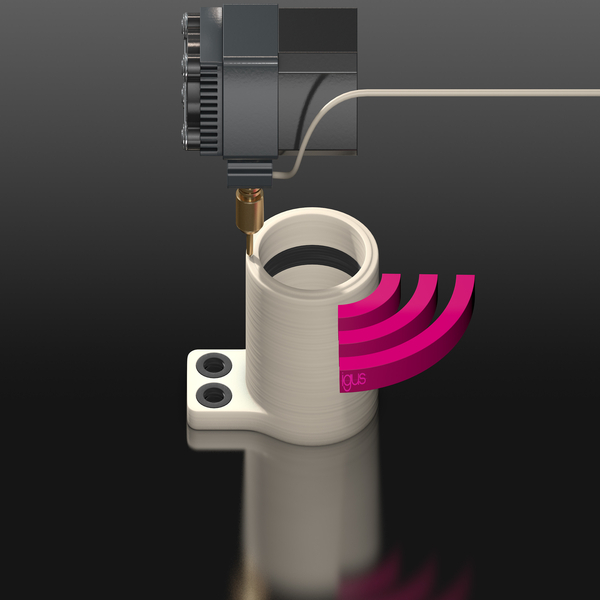What are the advantages of additive manufacturing ?
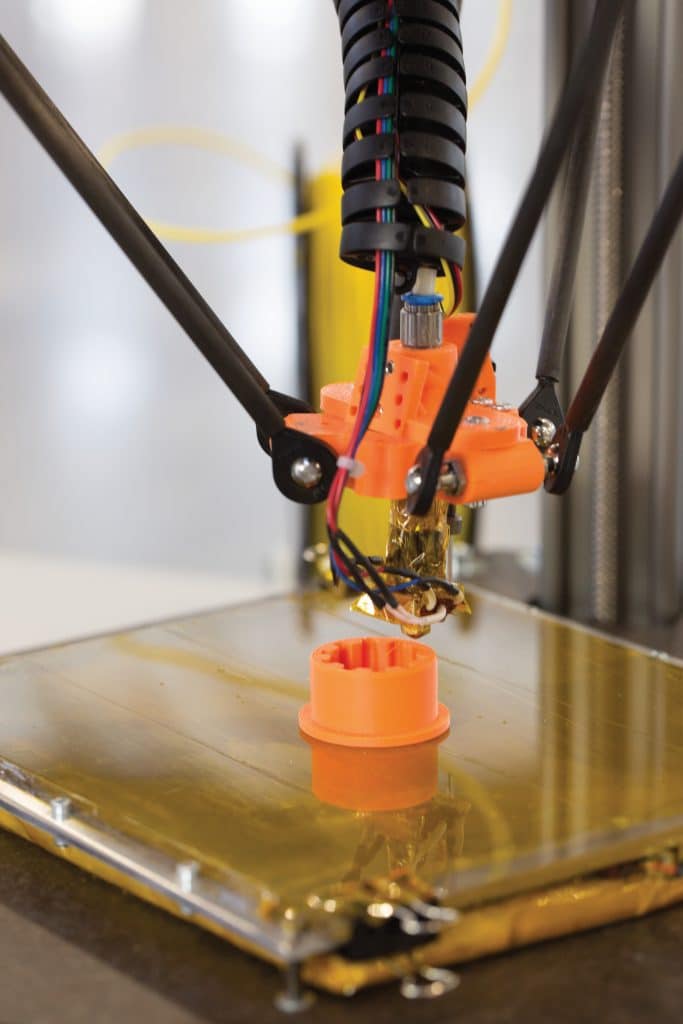
What is additive manufacturing?
3D printing, also known as additive manufacturing, is a printing process that builds three-dimensional objects. The process consists of adding material layer by layer abiding by a computer-based design. One of igus’® many projects is the development into the 3D printing industry with an alternative idea, using high-performance tribo-polymer filaments. 3D printing has revolutionised the way we produce, with NASA trialling the creation of food to limit waste for astronauts. Many other industries have also invested in this such as fashion designers trialling the creation of new clothing and shoes.
Contrastingly, traditional manufacturing is the production of products using labour and machines, typically for mass production. The term ‘traditional’ is appropriate here due to manufacturing dating back to the late 18th century. Traditional manufacturing is used for everything we buy, from food to our office pens. All manufactured products undergo specific processes; strategy, development, design, testing, production and many more.
Additive manufacturing vs traditional manufacturing
- Time and costs.
Whilst 3D printing involves a start-up cost, overall it reduces the amount of time it takes to get from the original consultation to the end product. By reducing time, we are of course reducing costs, if you are prepared to pay the initial fee. Moreover, this is for one singular product, cost and time is up-scaled for large products and mass production. In the case of traditional manufacturing, it enables you to start small and grow slowly with no great investment, even if it is at a slower pace.
- Errors and demand
Due to the design process being online, additive manufacturing can reduce the number of errors by changing the design on demand. The customisation aspect of additive manufacturing outdoes traditional manufacturing, which relies on the production of duplicate products. If there is any error within traditional manufacturing once the product is in production this can cause great costs, time and specifically waste.
- Waste prevention
3D printing is extremely sustainable due to its prevention of waste. The only materials used for 3D printing are those that are extruded through the printer. Regardless of this, there are now 3D printers in the industry that are using recycled materials that convert into products. However, as previously mentioned, traditional manufacturing can accumulate an enormous amount of waste from start to finish due to aspects such as; transport and labour.
- Mass production
The 3D printing industry currently has one main weakness of mass production. Whilst the limits are endless with 3D printing, it is restricted to creating prototypes and products that only require a short run time. Therefore, manufacturers continue to turn to traditional manufacturing when investing in large scale productions.
See similar blogs to additive manufacturing vs traditional manufacturing here
Is additive manufacturing the future?
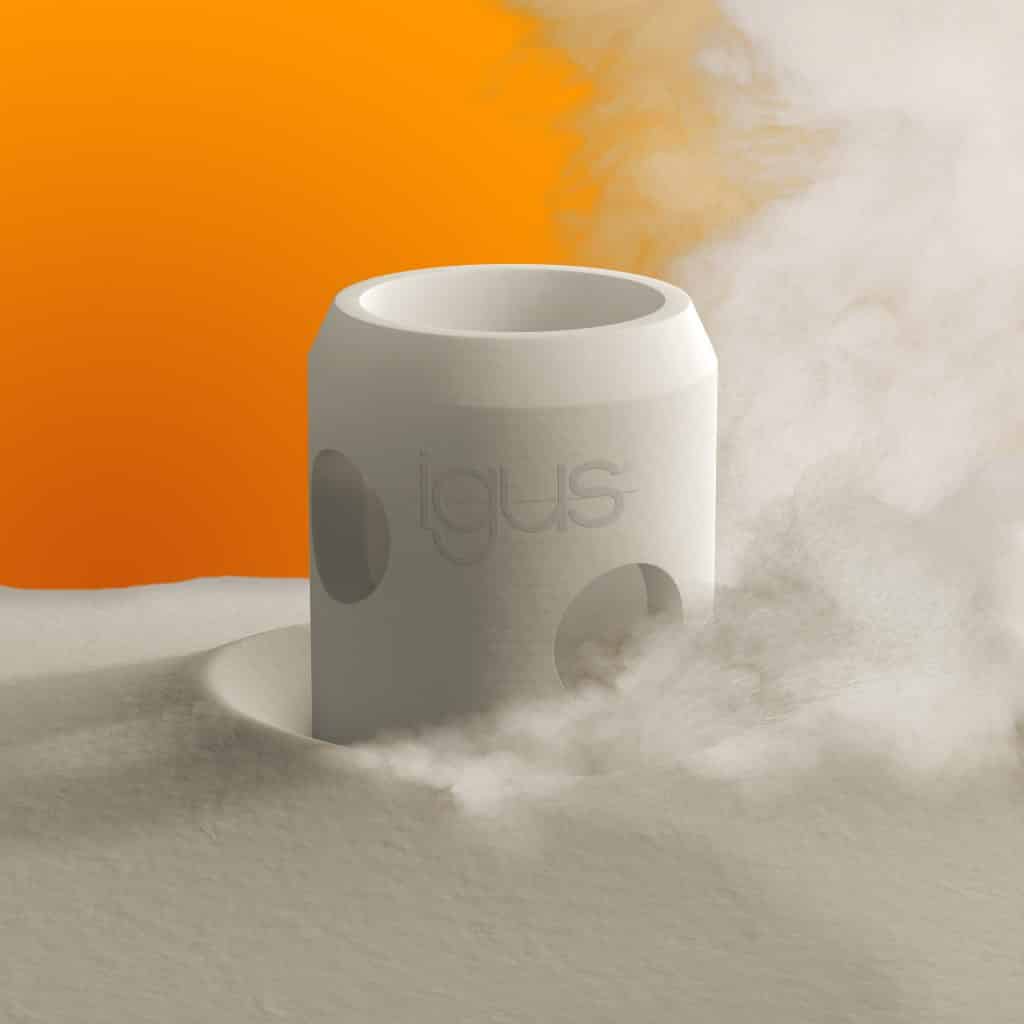
3D printing takes a lot of time to produce just one prototype, consequently, traditional manufacturers needn’t quiver in their boots, YET. However, without knowing what the future holds, it appears that the pace and fascination in 3D printing shows no sign of slowing down.
igus® combines the best of both additive manufacturing vs traditional manufacturing and provides great insight with professionals on hand that have both the knowledge and skills to tackle any question.
Dean Aylott, Product Manager at igus® comments on additive manufacturing vs traditional manufacturing:
“Times and opinions have changed and are continuing to do so. The days of just using 3D printing to prototype a design and then discard it are gone. We are now able to make mechanically suitable and optimised designs with predictable life. igus® was built on a fundamental statement that we presented to our customers – you give us a problem and we will solve it with plastic. Not only is this still true for our moulding and machining methods but with 3D print and our print2mould service we can make these parts quicker than ever in the biggest range of bearing optimised polymers in the world.
As the quality and accuracy is so much better than in times gone by, we’re also finding that our customers who were originally using print for prototypes and small projects are now using it in OEM products and some are using in the region of 20,000 pieces per year.
I’m not convinced that 3D printing will ever replace traditional manufacturing methods like machining and injection moulding altogether, but it will certainly be taking some of the market away from those methods and also finding its way in to new markets on its own merit.”
Find more on additive manufacturing vs traditional manufacturing by visiting the website here.
Alternatively, contact our Product Manager Dean Aylott: daylott@igus.co.uk for any 3D Print enquiries.

